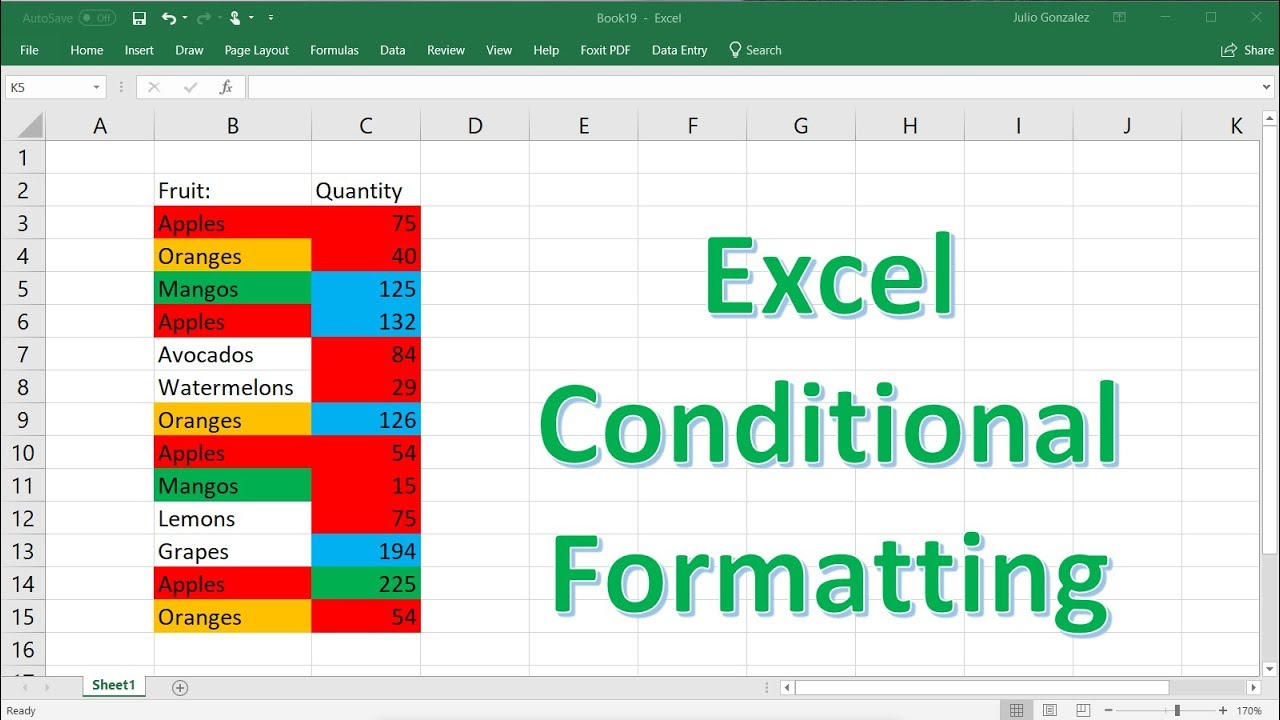
Conditional formatting is a powerful feature in Excel that allows users to highlight cells based on specific conditions, making it easier to analyze and visualize data. However, there may be times when you want to remove conditional formatting from a cell or range of cells. In this article, we will explore three ways to remove conditional formatting in Excel.
Conditional formatting is a useful tool for identifying trends, patterns, and anomalies in data. It can be used to highlight cells that meet specific conditions, such as values above or below a certain threshold, duplicates, or errors. However, conditional formatting can also be distracting or misleading if not used carefully. If you find that conditional formatting is no longer needed or is causing confusion, you can remove it using one of the following methods.
Method 1: Using the "Clear Rules" Option
One of the quickest ways to remove conditional formatting is to use the "Clear Rules" option. To do this, follow these steps:

- Select the cell or range of cells that contains the conditional formatting you want to remove.
- Go to the "Home" tab in the Excel ribbon.
- Click on the "Conditional Formatting" button in the "Styles" group.
- Select "Clear Rules" from the drop-down menu.
- Choose "Clear Rules from Selected Cells" to remove the conditional formatting from the selected cells.
Method 2: Using the "Manage Rules" Option
Another way to remove conditional formatting is to use the "Manage Rules" option. This method allows you to view and manage all the conditional formatting rules in your workbook. To use this method, follow these steps:
- Select the cell or range of cells that contains the conditional formatting you want to remove.
- Go to the "Home" tab in the Excel ribbon.
- Click on the "Conditional Formatting" button in the "Styles" group.
- Select "Manage Rules" from the drop-down menu.
- In the "Conditional Formatting Rules Manager" dialog box, select the rule you want to remove.
- Click on the "Delete Rule" button to remove the selected rule.
Method 3: Using VBA Macro
If you want to remove conditional formatting from a large range of cells or from an entire worksheet, you can use a VBA macro. To create a macro, follow these steps:
- Open the Visual Basic Editor by pressing "Alt + F11" or by navigating to "Developer" > "Visual Basic" in the Excel ribbon.
- In the Visual Basic Editor, click on "Insert" > "Module" to insert a new module.
- Paste the following code into the module:
Sub RemoveConditionalFormatting()
Dim cell As Range
For Each cell In Selection
cell.FormatConditions.Delete
Next cell
End Sub
- Save the macro by clicking on "File" > "Save" or by pressing "Ctrl + S".
- To run the macro, select the cell or range of cells that contains the conditional formatting you want to remove.
- Go to the "Developer" tab in the Excel ribbon.
- Click on the "Macros" button in the "Code" group.
- Select the "RemoveConditionalFormatting" macro from the list of available macros.
- Click on the "Run" button to execute the macro.
Gallery of Excel Conditional Formatting:




FAQs:
How do I remove conditional formatting from a cell in Excel?
+To remove conditional formatting from a cell in Excel, select the cell, go to the "Home" tab, click on the "Conditional Formatting" button, and select "Clear Rules" from the drop-down menu. Choose "Clear Rules from Selected Cells" to remove the conditional formatting from the selected cell.
How do I remove all conditional formatting rules from a worksheet in Excel?
+To remove all conditional formatting rules from a worksheet in Excel, select the entire worksheet by pressing "Ctrl + A", go to the "Home" tab, click on the "Conditional Formatting" button, and select "Clear Rules" from the drop-down menu. Choose "Clear Rules from Entire Worksheet" to remove all conditional formatting rules from the worksheet.
Can I use a VBA macro to remove conditional formatting from a range of cells in Excel?
+Yes, you can use a VBA macro to remove conditional formatting from a range of cells in Excel. Create a macro using the Visual Basic Editor, and paste the code into the module. Save the macro and run it by selecting the range of cells that contains the conditional formatting you want to remove.
In conclusion, removing conditional formatting from cells or ranges of cells in Excel can be done using various methods, including the "Clear Rules" option, the "Manage Rules" option, and VBA macros. By using these methods, you can easily remove unwanted conditional formatting and improve the appearance and readability of your Excel worksheets.